Hello there, fellow container home enthusiasts! I’m Emily Owens, your trusty guide in the world of innovative housing solutions. For the past four years, I’ve been exploring the fascinating realm of container homes, and I’m here to shed some light on the ever-evolving landscape of consumer preferences in container home designs. So, grab a comfy chair and a cup of your favorite brew because we’re about to embark on a journey into the exciting world of container homes.
The Rise of Container Homes
Container homes have gained immense popularity over the past decade, and for good reason. These versatile, eco-friendly, and cost-effective dwellings offer a unique blend of style and sustainability. But in the ever-changing world of design and architecture, consumer preferences evolve continuously. So, let’s dive into what’s hot and what’s not in the world of container home design.
Sustainable Living
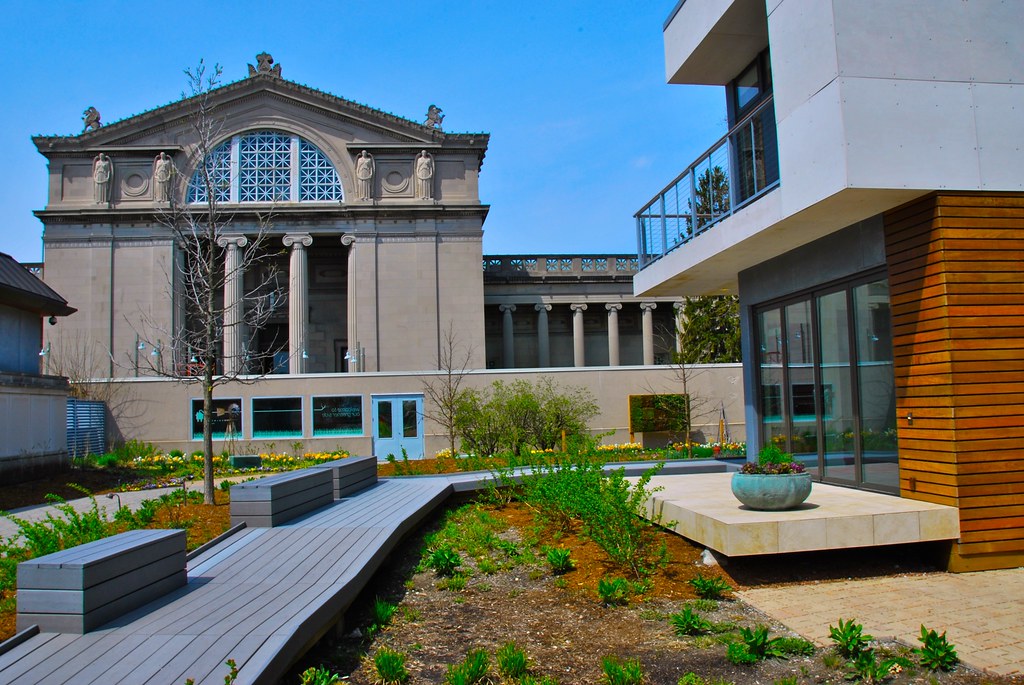
One thing that hasn’t changed over the years is the strong preference for sustainability. People are increasingly drawn to container homes not just for their quirky aesthetics but also for their eco-friendly nature. Containers, once retired from shipping, can be given a second life as homes, reducing the demand for new construction materials.
Sustainability Tip: To cater to this preference, container home designers often focus on incorporating recycled and repurposed materials into their projects. From reclaimed wood for flooring to salvaged windows and doors, the possibilities are endless.
Functional Spaces
Gone are the days when container homes were seen as mere novelties or weekend retreats. Today’s consumers are looking for functional living spaces that can accommodate all the essentials of daily life. This means well-thought-out floor plans, ample storage solutions, and multipurpose areas.
Functional Tip: The key to success here is clever space utilization. Think fold-down furniture, built-in storage, and modular designs. An example could be a dining table that doubles as a workspace during the day.
Modern Minimalism
In the world of interior design, the minimalistic approach is all the rage. Container homes are no exception. The clean lines, neutral color palettes, and open spaces that containers inherently offer align perfectly with the modern minimalist aesthetic.
Minimalistic Tip: When designing a container home with minimalism in mind, consider large windows to let in natural light and create a sense of spaciousness. Opt for a neutral color scheme, and keep decor simple and clutter-free.
Outdoor Integration
Container homes may be compact, but they don’t have to feel cramped. One way to create the illusion of more space is by seamlessly blending indoor and outdoor living areas. Consumers love container homes with well-designed outdoor spaces like decks, patios, or rooftop gardens.
Outdoor Tip: Container homes often have flat roofs, making them ideal for rooftop gardens. Planters and greenery not only add aesthetic appeal but also enhance insulation and energy efficiency.
Energy Efficiency
Sustainability goes hand in hand with energy efficiency. Consumers are increasingly concerned about reducing their carbon footprint and saving on energy bills. Container homes can be highly energy-efficient with the right design and materials.
Energy-Efficient Tip: To cater to this preference, consider installing energy-efficient windows, proper insulation, and a smart heating and cooling system. Solar panels can also be a game-changer in making a container home more eco-friendly.
Customization
No two container homes are alike, and that’s precisely what consumers love about them. Customization is key when it comes to catering to individual tastes and needs. From the layout to the finishes, people want to put their personal stamp on their container homes.
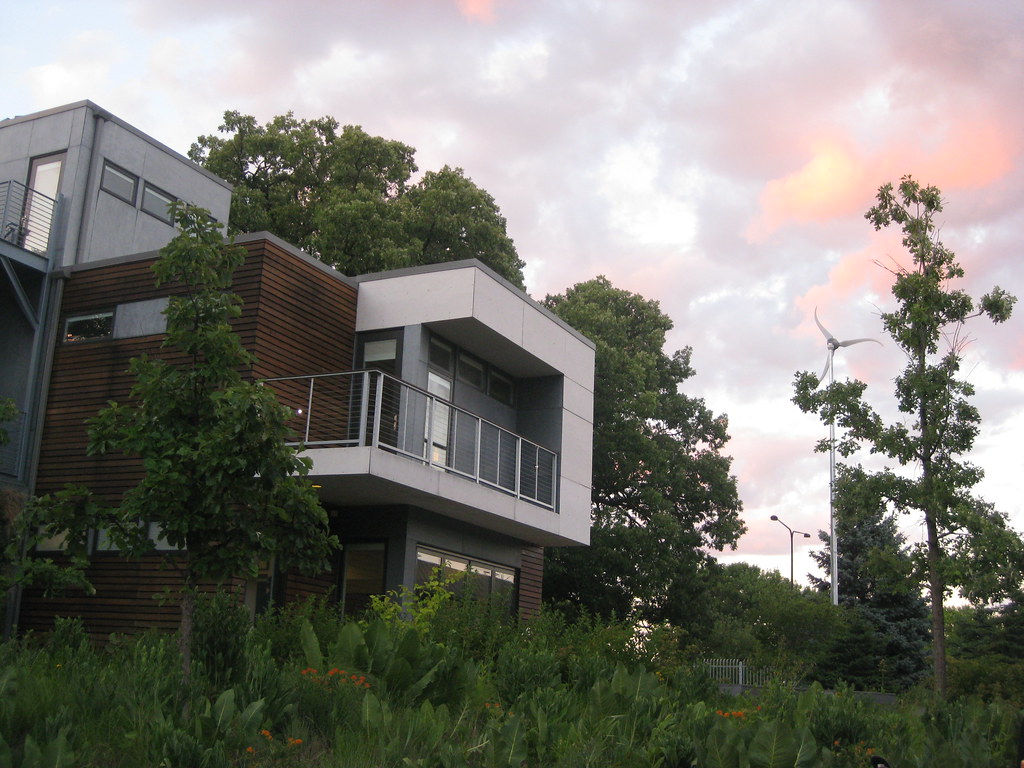
Customization Tip: Work closely with a designer or architect who specializes in container homes to bring your unique vision to life. Whether it’s a specific color scheme, a distinctive layout, or a particular aesthetic, customization is where container homes truly shine.
Blend of Old and New
One of the most exciting trends in container home design is the blending of old and new elements. People love the juxtaposition of the industrial feel of shipping containers with more traditional or rustic features.
Blend Tip: Consider incorporating vintage or antique elements, like reclaimed barn wood for accent walls, antique lighting fixtures, or vintage furniture pieces, to create a harmonious blend of old and new in your container home.
Conclusion
Container homes continue to captivate the imagination of homeowners and designers alike. With sustainability, functionality, and a touch of personalization at the forefront of consumer preferences, the possibilities for container home designs are endless. So, whether you’re planning to build your own container home or simply appreciate the ingenuity behind these structures, keep these trends in mind as you navigate the exciting world of container home design. Happy container dwelling, everyone!












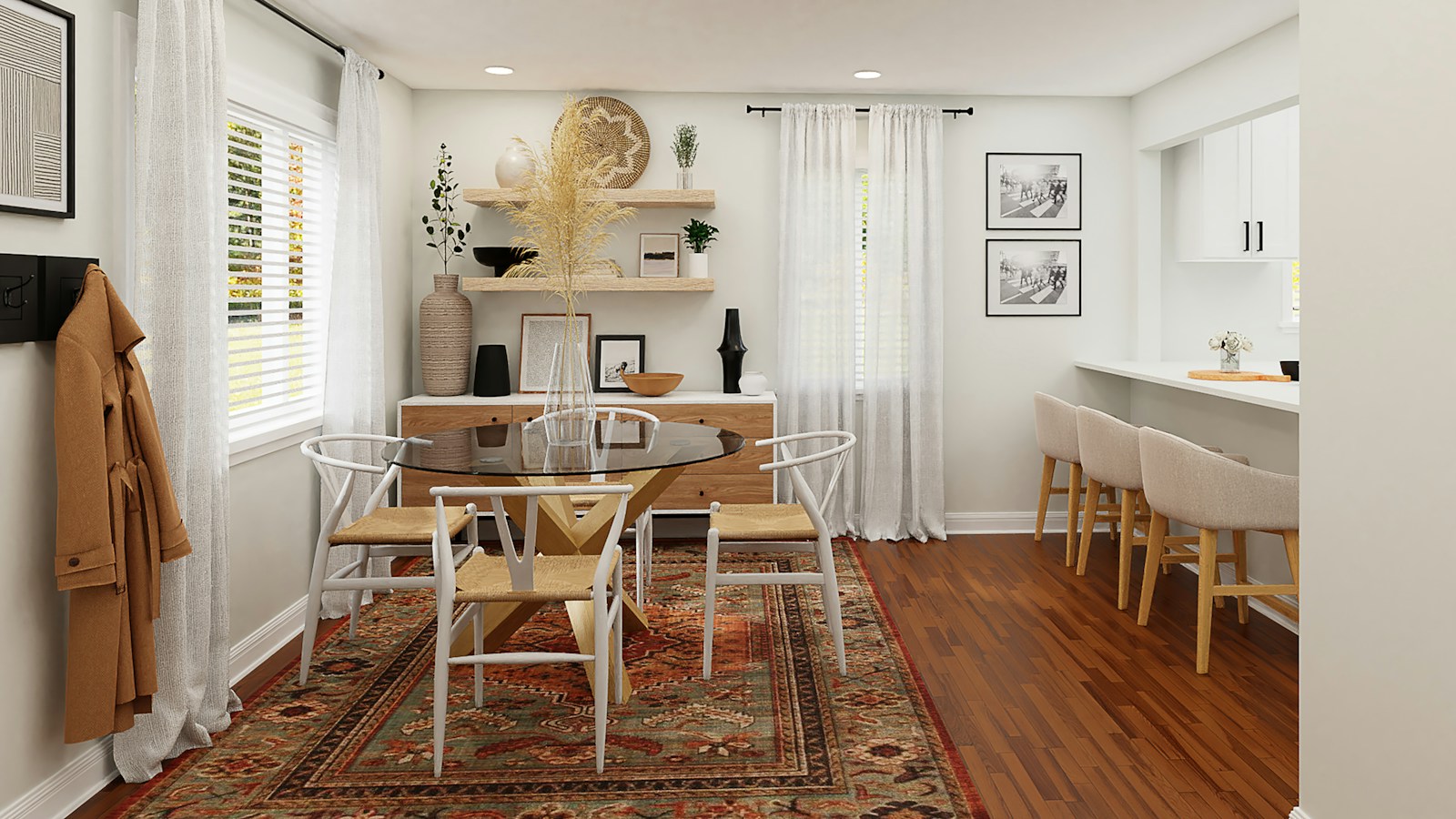




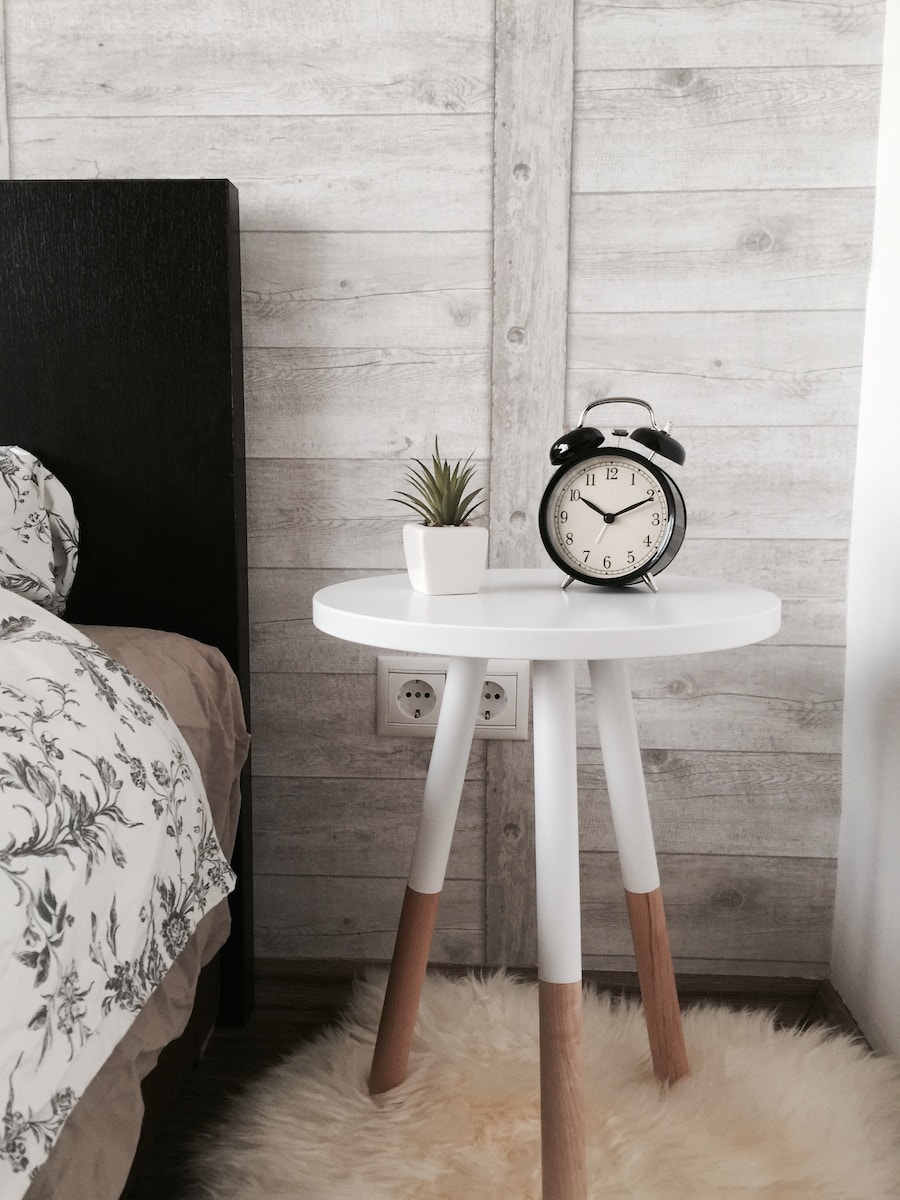
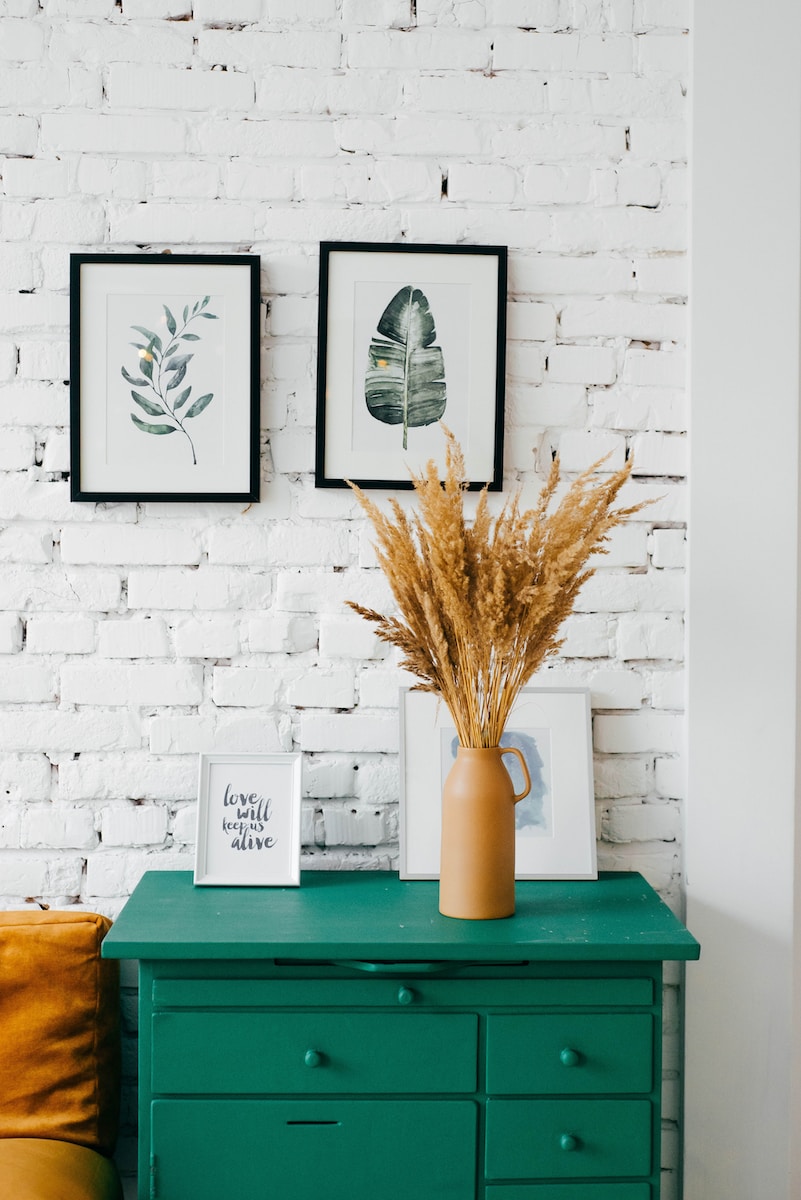

Find Us on Socials